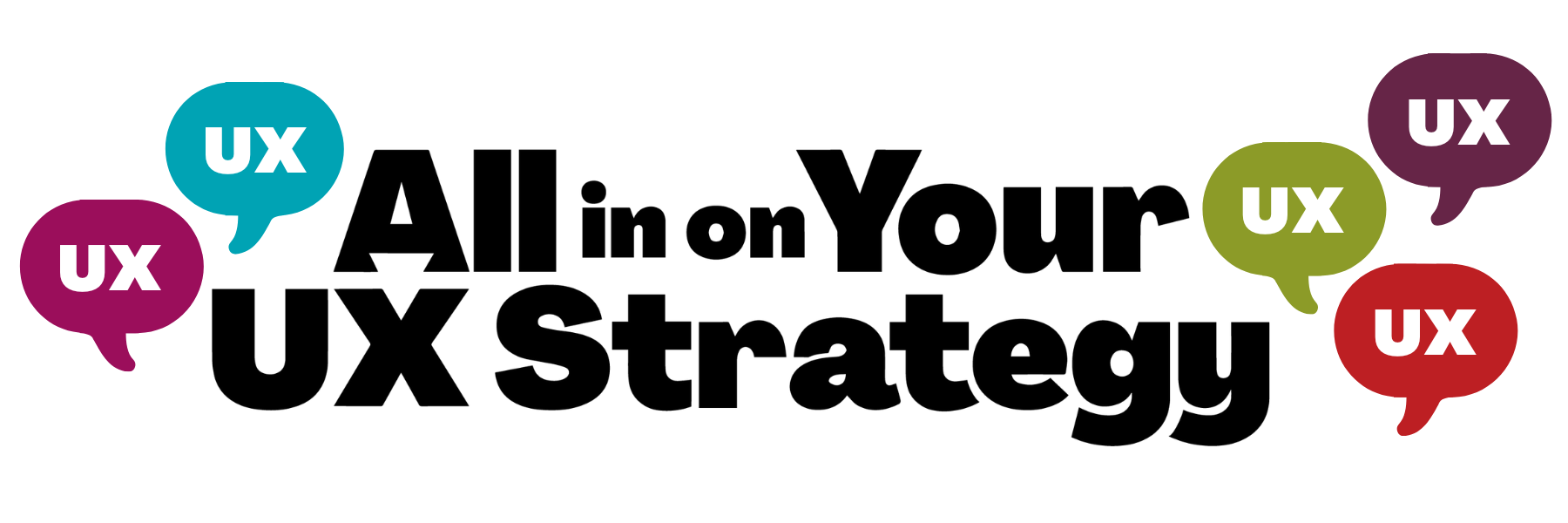Misconceptions about Collaboration
This excerpt is from Dan’s book Designing Together: The collaboration and conflict management handbook for creative professionals.
There are three ways in which people misunderstand collaboration:
- They oversimplify what it is.
- They believe it to be ineffective and inefficient.
- They focus on the wrong aspect of it.
Collaboration is far more complex than they realize, far more productive than they imagine, and much more about behavior and culture than tools and activities.
Oversimplification
Sometimes, people think of collaboration in very simple terms, ignoring the planning, structure, and organization it requires. There are three common misconceptions that oversimplify collaboration, as discussed next:
Throw smart people together. Suffice it to say that working with smart people is satisfying and challenging. But collaboration isn’t just about smarts. It’s about providing a framework for working together. Just as important as intelligence is a willingness to work within the framework.
Put people in the same room. Collaboration doesn’t just happen when people are face-to-face. Collaboration must be embedded in the culture of a team, such that the team thinks about working together—depending on each other, seeking out contributions and critiques—even when they’re not in the same room.
Do what we did before. There isn’t some one-size-fits-all technique that teams can use to collaborate. While good collaboration comes from the same set of values, each team must establish its own rhythm, behaviors, and habits.
Ineffective and Inefficient
Collaboration has a reputation for producing little value for lots of time invested. Besides mistaking collaboration for “putting a lot of people in a room,” this view also discounts the opportunity costs of distributing work. This leads to three additional misconceptions:
The best ideas are from independent thinkers. Collaboration naysayers sometimes imply that independent thinkers are more successful. This emerges as a celebration of the introvert. This view is shortsighted in many ways, but especially in how it positions collaboration as simply a mechanism to generate good ideas.
Brainstorming doesn’t work. Positioning collaboration as ineffective brainstorming is a twofer. On the one hand, collaboration is much more than brainstorming. On the other hand, brainstorming can be effective if framed correctly.
Design by committee doesn’t work. Designers learn to fear “design by committee,” the practice of having every design decision vetted and discussed by every member of the team. Part of collaboration is establishing a framework for making decisions, which isn’t necessarily building consensus. Good collaboration entails each person doing the work for which he or she is best suited.
Wrong Focus
Good collaboration is built into the culture of a team, manifesting itself in the process and the people. Some misunderstandings of collaboration pick on only one aspect, without appreciating the greater whole.
Collaboration is about tools. Some people focus on the tools of collaboration file-sharing services, conference call systems, screen-sharing software, to name a few-and not on how those tools support a culture of collaboration.
Collaboration is in the project plan. On the flip side, some people focus on the activities of collaboration, inserting them into their project plan without first considering the intent. They ask teams to participate in these collaboration activities without also providing the right tools or encouraging the right behaviors in the culture.
I’m not good at collaboration. Finally, people think that collaboration is a skill that you can be good or bad at. (This is directly related to the fixed mindset, which generally insists that skills and talents are innate.) The truth is that collaboration is less skill and more habitual behaviors. It can be challenging for people to adopt these habits because they feel contrary to their personalities. But since collaboration is a range of habits, dispositions, and techniques, there is something for everyone in a collaborative culture.
When Collaboration Isn’t Working
Team leaders may try to encourage collaboration but base their approach on one of these misconceptions. For example, they might deploy a new file-sharing system or drop in a new brainstorming technique without first laying the groundwork for a collaborative culture. When you encounter these attempts, and they fail, don’t let the organization throw the baby out with the bathwater. Use the failed attempt as a way to introduce these values, at least in part, and encourage the team to review the tool or activity or what have you. Use the review to surface what worked and what didn’t work about the tool, and what about the current culture prevented the team from adopting it effectively.
All in on Your UX Strategy

Feel the passion you had when your UX career started. Go all in on your UX Strategy with our five bundled courses.
Each course dovetails together to build up your strategic expertise in the work you were born to do: improving the lives of your users, customers, and colleagues.
Get the new skills, practices, and perspectives you need to deliver your best and most fulfilling work for $2,996 • Or make 4 monthly payments of $749.
For $2,996, the All In on Your UX Strategy bundle includes:
🟢 UX Leadership & Influence
(Win Stakeholders and Influence Decisions program) - a $1,897 Value
🔵 Crafting + Leading a Strategic UX Vision course - a $499 Value
🟠 Advanced Strategic UX Research course - a $499 Value
🟣 Outcome-Driven UX Metrics course - a $499 Value
🔴 UX & Design in an AI World course - a $249 Value
The total value of all five courses: $3,643
Your price for the bundle: $2,996
You save $647
Learn more about what happens when you Go All in on Your UX Strategy.
(If you’ve taken one of these courses in the past, then let us know, and we’ll take the price of that course off your bundle price.)

